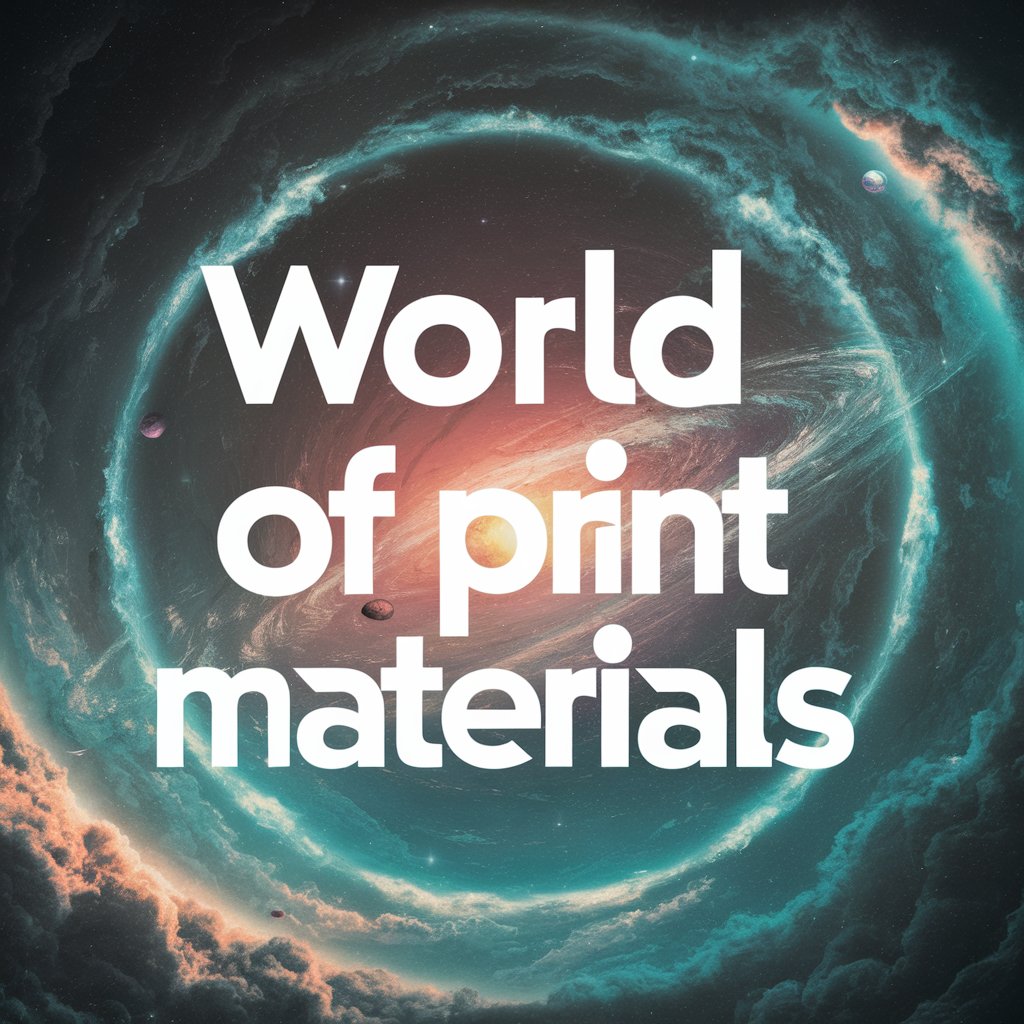Virtual reality is evolving rapidly, offering increasingly immersive experiences in gaming, training, education, and simulation. As hardware becomes more powerful, user expectations for visual fidelity continue to rise. One of the most critical—and time-consuming—aspects of VR development is creating high-quality textures that can withstand close inspection at high resolutions and from multiple angles.
Enter procedural AI: a game-changing approach that is starting to transform the VR texture workflow. By combining procedural generation with machine learning, the modern texture generator is reshaping how developers produce, optimize, and scale textures for virtual environments. But just how impactful is this shift?
The Challenge of Texturing for VR
The process of texturing in virtual reality (VR) ranges from unique challenges to traditional 2D or even non-immersive 3D environments:
- High resolution requirements: Blurry or low-res textures are because users can see objects at close distance and these textures can immediately break immersion.
- 360-degree rendering: Textures need to hold up from every angle, especially for environments and interactive objects.
- Performance optimization: To prevent users from feeling sick, VR has to have a very high frame rate which means that textures need to be lightweight, while still high-quality.
Fulfilling these requirements is not easy, especially with the timelines that developers are faced with. There are many developers who have started to use AI-powered texture generator tools to effectively speed up the process.
What is Procedural AI in texturing?
Procedural generation is the art of creating content through algorithmic means rather than by hand. With respect to textures, this would be noise functions, patterns, or rule-based systems that produce materials such as wood grain, stone, or metal.
When procedural techniques are integrated with artificial intelligence, particularly deep learning, the outcome is a more intelligent and adaptive texture generator. This mediator not only adheres to preset rules but also meditates on the large datasets so as to produce realistic, tileable textures that are both visually and performance-wise acceptable.
For instance, an AI might be taught to analyze thousands of high-res wall surfaces for surface roughness, discoloration, and cracks variations, and that information would allow it to freshly create true and visual variations for a VR scene.
For example, an AI might be trained with thousands of high-res wall textures to learn the variations in surface roughness, discoloration, and cracks—giving it the experience it needs to generate completely new, yet believable, variations for a VR scene.
How AI Texture Generators Fit into the VR Pipeline?
In a VR workflow, a texture generator that is further enhanced by procedural AI can serve in several fields:
- Rapid prototyping: Developers throw together quickly and without much burden for the design of a placeholder and then lay out the concept, thus getting a first grasp on their ideas.
- Customization at scale: There are needs for more tiles; variants of the same design AI but has to automatically do it without artist input for the painting of each one.
- Optimization: Procedural AI is able to make texture generation at different resolutions and is automatically able to make maps like normal, height, and roughness maps for good rendering.
- Style matching: Would you desire all assets to have a common look? AI is able to reproduce texture styles based on input references, resulting in uniformity across a virtual world.
With the right tools developers can seamlessly integrate these textures into Unity, Unreal Engine, or other VR platforms which not only decreases the asset production time but also improves the visual quality of their projects.
Benefits of Using AI Texture Generators in VR
Hybrids between procedural AI texture generators and your VR development workflow offer the following benefits:
- Efficiency: Reducing asset production time drastically without any quality drop.
- Consistency: Automatically generate and keep visuals styles and quality consistent over hundreds of assets.
- Realism: AI-generated textures better imitate the natural complex and imperfect things than the majority of the manual methods.
- Interactivity: Real-time environmental generation specific variations-promote dynamic or procedurally generated VR experiences.
This is the case since the texture generator is more than just a tool for creating textures but rather a flexible system that tends to the specific needs of VR.
Limitations to Consider
While the advantages of the tool are substantial, procedural AI is not without drawbacks:
- Creative control: Certain artists may perceive AI outputs to be relatively generic or not in line with their vision until they go through substantial tweaking.
- Learning curve: The integration of AI tools into the already existing pipelines requires some setup and the initial understanding of the concepts involved.
- Data bias: If AI were trained on a narrow dataset, it might not be effective for handling stylized or abstract files properly.
Nevertheless, the aforementioned difficulties are overcome as the tools become more user-friendly and custom-fit.
Looking Ahead: Smarter VR Pipelines
Further innovations could allow AI-based texture generator systems to adapt to the environment as it changes. Imagine a VR game that has a terrain texture which migrates and changes as the weather occurs in real-time or where the building materials alterar automatically on demand either right through the story narration or according to the light’s conditions.
Moreover, we would be looking at rather close cooperation between the real-time engines and the cloud than before. Thus, allowing the artists, designers, and developers to work with AI-assisted textures from anywhere in the world.
Conclusion: The Best Way to Texture
Procedural AI is not merely the engine that drives texture generation forward; it is actually the one that turns the vision of VR into reality. Today,a texture generator is not only a time-saver but a full-bodied partner in creation that can improve visual storytelling while still meeting the performance demands of immersive tech.
VR will be expected to move also into the other industries, and the applications will expect the AI-powered texture workflows to be the backbone of the pipeline thus enabling quicker development, fuller, and more real virtual experiences.



